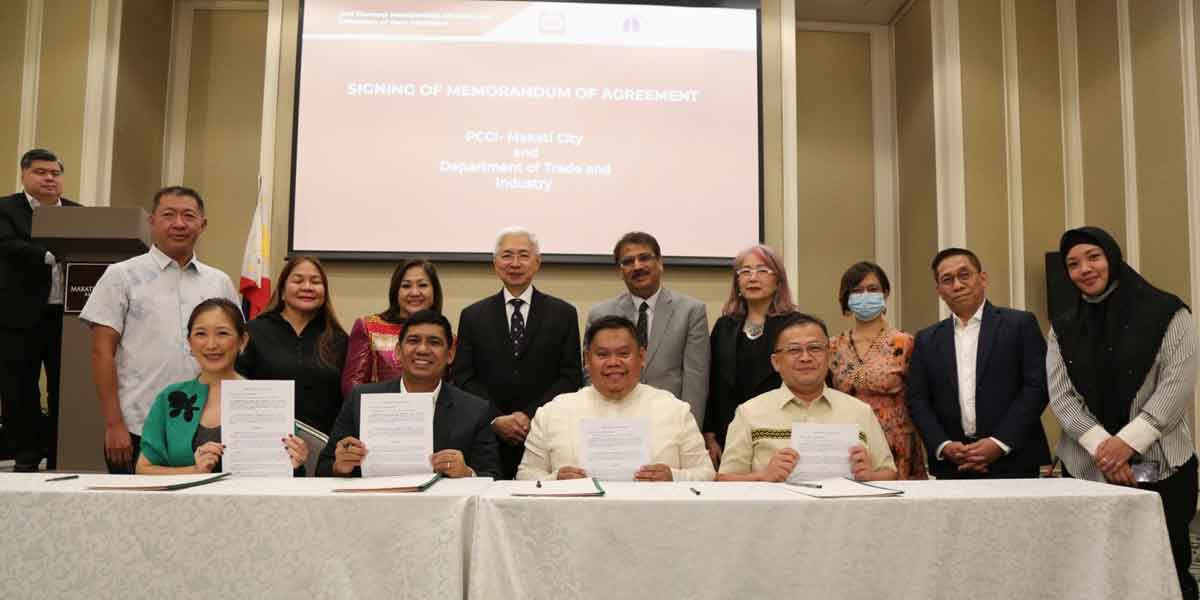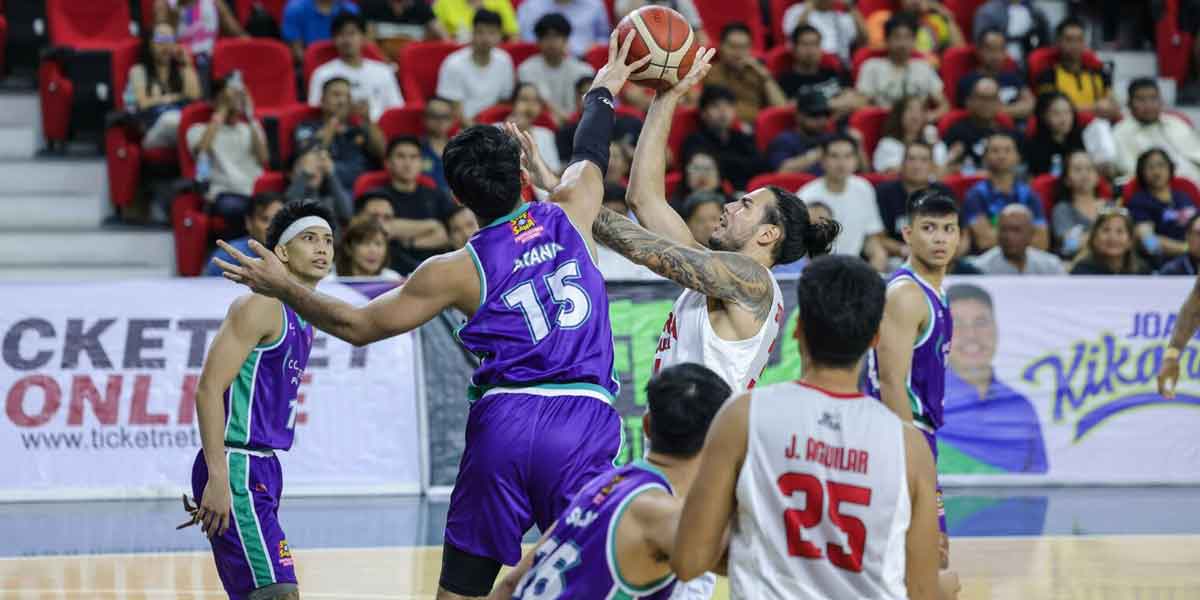
By Joseph B.A. Marzan
The reopening of Boracay Island in Malay, Aklan on Oct. 1 is a “test case” of how the government intends to gradually reopen the country’s top destinations to tourists amid the global coronavirus disease 2019 (COVID-19) pandemic, according to Department of Tourism (DOT) Secretary Bernadette Romulo-Puyat in a press conference on Thursday.
Boracay Island was hit hard by COVID-19, affecting businesses on the island since late January.
Most of the guests who cancelled their reservations at that time were from China, the then-global epicenter of COVID-19.
The island completely closed for business on March 19 after Malay Acting Mayor Frolibar Bautista placed it under General Community Quarantine (GCQ) via Executive Order No. 14 on March 18.
The status was leveled up on March 22 to a province-wide Enhanced Community Quarantine (ECQ) as ordered by Aklan Governor Florencio Miraflores via Executive Order No. 022.
The restrictions in the island have eased since then, with Bautista allowing the island’s residents to swim in designated areas on June 1.
The Boracay Inter-Agency Task Force (BIATF), which Puyat co-chairs, on June 11 allowed tourists from Western Visayas to enter the island starting from June 16.
On May 22, Puyat issued two edicts – DOT Memorandum Circular No. 2020-002 and DOT Administrative Order No. 2020-002 – setting the requirements and standards for tourism establishments in community quarantine areas.
These include social distancing guidelines, basic and emergency health protocols, provision of basic protective equipment such as face masks and face shields, and amenity and facility requirements among others.
The circulars also mandated designated DOT officials to inspect tourism establishments to ensure compliance with minimum health standards by the Department of Health (DOH) and international health authorities.
The DOT issued Certificates of Authority to Operate (CAO) to establishments that pass their inspection procedures, allowing them to operate when tourism destinations open.
One establishment, however, had its CAO revoked back in June after allowing several personnel from the Bureau of Fire Protection-Region 6 to stay in their facilities for personal leisure, with one of them belatedly revealed to have tested positive for COVID-19 and travelling to the island after testing.
According to Puyat, 204 accommodation establishments have been allowed to operate, or equivalent to 4,474 rooms or beds, as of Sept. 30.
The BIATF approved Miraflores’ request for the Oct. 1 reopening of Boracay in its Sept. 22 meeting.
The national Inter-Agency Task Force on the Management of Emerging Infectious Diseases (IATF-MEID), which oversees the national government’s COVID-19 response, issued the basic guidelines for Boracay reopening via Resolution No. 74 on Sept. 24.
The salient points of the IATF-MEID’s resolution are:
– It may only accept tourists from areas with GCQ status or lower;
– Visitors shall undergo Reverse Transcription-Polymerase Chain Reaction (RT-PCR) tests prior to travel, and must have negative results not earlier than 48 hours before travel;
– There will be no age limits, but bestrictions on persons with comorbidities shall be strictly enforced;
– The Godofredo P. Ramos Airport in Brgy. Caticlan shall be the only port of entry for tourists travelling by air, with a central point to be established for tourists travelling via land, air, and sea; and
– Minimum health and safety guidelines as well as emergency response protocols must be in place, and a COVID-19 Laboratory must be operational in the locality.
Miraflores implemented the IATF resolution via EO No. 037 on Sept. 30, which also provided for various guidelines for tourists from inside and outside Aklan province, as well as one-day visitors from inside and outside the province, and Authorized Persons Outside of Residence (APOR).
In addition to the IATF-MEID’s guidelines, the Aklan provincial government instituted an online health declaration system via Quick Response (QR) Code, which should be presented on all ports of entry and exit, and all establishments which tourists will be entering.
EXCITEMENT
In a press conference in Boracay on Thursday, Miraflores and Bautista shared their excitement for the island’s reopening.
Both chief executives admitted that there were a few adjustments to the number of expected tourists, but added they expect the numbers to increase in the next few days.
Data from the Malay local government unit (LGU) indicated that as of 5 p.m. of Oct. 1, only 35 tourists out of the 95 registered in the province’s online system actually arrived to the island.
Nineteen tourists were from the city and province of Iloilo, 10 were from Aklan province, 5 came from Manila, and 1 was from Roxas City.
The mayor confirmed to Daily Guardian that as of 2 p.m. Friday, 14 guests arrived, out of 94 which were registered to arrive on that day.
“I’m very happy, that at least after how many months, we are able to open Boracay for the domestic tourists. I’m expecting that many would arrive, but this is the first day, and there are some adjustments because of the guidelines, Hopefully, in the near future, I’m sure that there will be more arriving [guests],” Bautista said during the press conference.
Miraflores said that the first day will test the preparations made by the collaboration of national and local governments.
“This opening will test our health protocols, and we hope that as we go along, we would be able to [show] prospective tourists that it is safe to stay and enjoy in Boracay, having been maintained as a COVID-free island in the past 8 months, and I hope we will be able to maintain it with the cooperation of everybody, especially the officials of the island,” Miraflores said.
The governor added that the island’s closure due to COVID-19 led to revenue losses for the province, but he did not mention the figures.
“As you know, we lost so much this past six months. The income of the province has suffered greatly. Around 15000 workers have been out of a job, and the earnings of the province actually supports our health services, and with the drying up of the income of Boracay, our health services suffered in the time of a pandemic. So we were hit with a double whammy,” the governor added.
Puyat, who joined the press conference via Zoom, stressed that the island needed to reopen as a way to restart both the national and local economy.
Puyat is under quarantine after being exposed to a confirmed COVID-19 case, but has since tested negative.
The tourism chief mentioned that the tourism industry contributed 12.8 percent to the country’s 2020 Gross Domestic Product (GDP), with domestic tourism taking
“Thankfully Boracay can reopen with health and safety protocols in place, because we need to restart tourism. Many people have lost their jobs, and we need to find a way to restart tourism, to restart the economy, but with health and safety protocols in place,” Puyat said.
She added that other LGUs have been seeking for the DOT’s assistance to reopen their own destinations, calling the reopening “crucial”.
“All eyes are on Boracay, how the protocols will be in place, and when you talk to other destinations, the local government units, when [Boracay Island] is successful, they would also want to reopen. So it’s very successful that all the health and safety protocols are in place, that we would be sure that tourists and employees are safe. This is critical because we are opening domestic tourism not only from MGCQ areas but also from GCQ areas,” she added.
Puyat also said that while arrivals were low for the first day, she expects the number of tourists to increase during the All Souls’ season from late October to early November.
“It’s good that we can have it little by little so we can test the protocols. I’m expecting that there will be more people during Undas. So it’s okay if only a few people coming in, because it is difficult if there would be an influx and we’re not prepared,” she added further.
PROTOCOLS
Miraflores responded to the criticism of requiring a RT-PCR test 48 hours prior to their travel to the island, saying it was necessary amid the continuing pandemic.
“We know that the requirement for the RT-PCR test is quite difficult for tourists to comply with at this point in time, but we felt that it should be done because we’re just slowly opening up the tourism market in Boracay. We do not want an immediate influx of tourists wherein we will not be able to control or to be able to answer. Heaven forbid that the COVID virus will not be transmitted within the island and in the province of Aklan,” the governor said.
The governor also discussed their protocols in handling suspect cases on the island.
“[When] there is a tourist that develops symptoms, whether at the point of entry in Caticlan, or within the island, we can immediately isolate that person. All our hotels already have trained health and safety officers, they will be the ones who will take care of symptomatic tourists, who will immediately be taken to isolation rooms in the hotels, immediately call our COVID response hotline, 152, and COVID response will immediately pick up the symptomatic tourist, whether he is in isolation in the hotel. This will now be assessed by our triage in our Ciriaco Tirol Hospital, where a medical staff will assess whether that person is a COVID suspect or is just experiencing some other symptoms not related to COVID. Once the tourist is diagnosed as a COVID suspect, we immediately transport the tourist.”
The island has a land and sea transport system that will bring the patient to a facility in Kalibo.
“So that person will be housed in our quarantine facility in Kalibo, and if he becomes a moderate or severe case, then our provincial hospital, which is a referral hospital, will take care of our tourist or patient,” the governor explained.
Puyat jokingly responded to comments saying that masks would be required for beach and water activities, saying that they might die from drowning instead of COVID-19.
“Masks, like the CDC and Red Cross say, should be worn when they make sense. Of course, when you’re walking along the beach, they should wear masks, but when they go swimming, they should take it off. Maybe they would die by drowning [if they don’t take it off],” Puyat said.
Bautista also clarified that there was no liquor ban on the island, but only a ban on operation of bars.
“There is no liquor ban. We have only banned bar operations. Liquor stores and restaurants can sell them. It would be difficult to implement social distancing when a person gets drunk,” the mayor said.
SUSTAINABLE TOURISM
DOT Assistant Secretary for Tourism Development Roberto Alabado, who was present at the press conference, told Daily Guardian that sustainable tourism remains a top priority for Boracay Island.
The island had been previously closed to tourists by President Rodrigo Duterte from April to October 2018 due to environmental concerns.
“So for Boracay, the overall framework will always be sustainable tourism. We’re looking at carrying capacity, we’re looking at infrastructures, we’re looking at the environment, and at the same time, we’re looking at the activities of people that will not be detrimental to the environment. We’re looking now at the right protocols that will allow tourism, sustainable tourism, plus the health and safety protocols. So that’s a new challenge for us,” Alabado said.
He added to Puyat’s earlier comments, saying that Boracay was “perfect” for post-pandemic tourism activities.
“Boracay is almost perfect for post-pandemic activities. We’re talking about more outdoor activities, eco-tourism, sun and beach. These activities can promote social distancing. They are open-air, so there is no issue on ventilation, and it makes people more healthy. The DOT’s strategy, to revive the industry, we are going start with domestic tourism. We will be doing product development, promoting sun and beach, cultural heritage, farm tourism. Those that would be proper to our health and safety protocols,” he added.
The biggest issue for Boracay’s reopening, according to Alabado, would be tourists’ confidence to travel.
“The biggest issue will be confidence to travel of our tourists. That is why we are showing that our businesses here have the right protocols, and people who would like to travel will see now what will happen in Boracay. This is the protocols, to ensure contact tracing, that people around you are also healthy. We have to build the confidence of travelers to go around,” Alabado said.



















